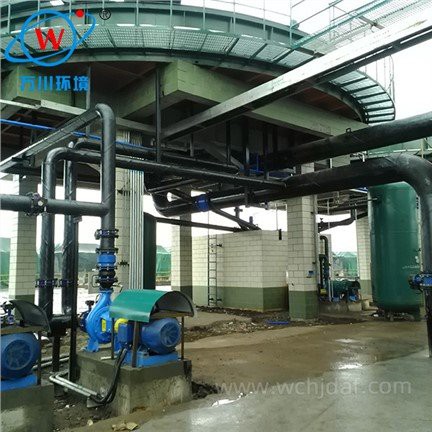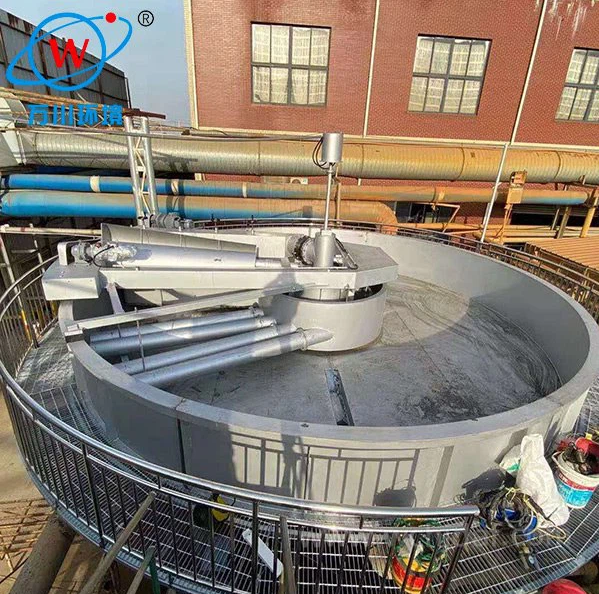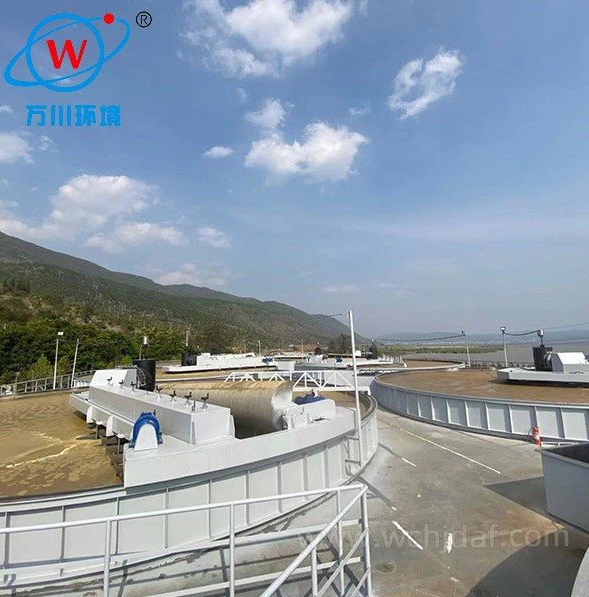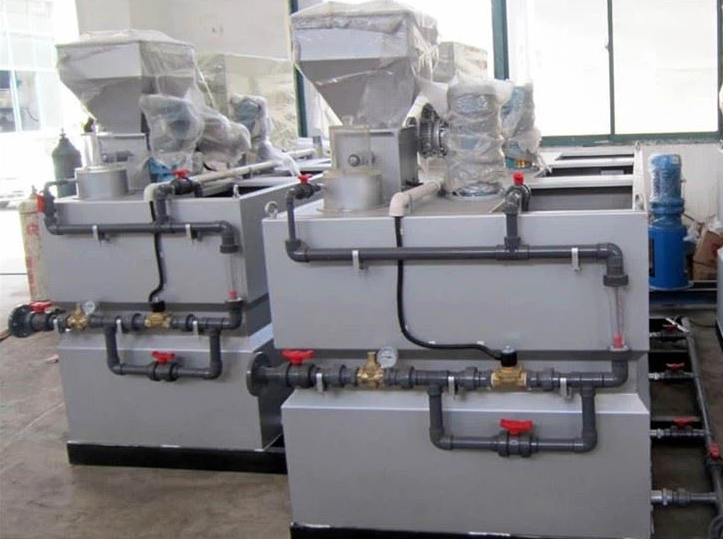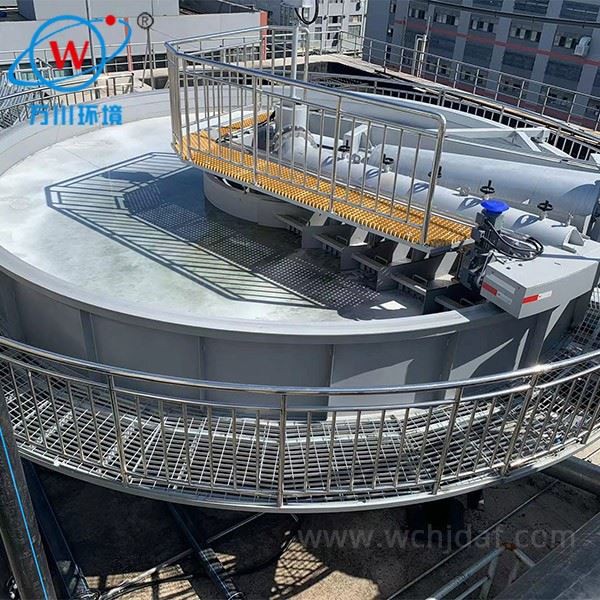1. Intelligence and automation
With the help of sensors, the Internet of Things and intelligent control systems, the equipment can monitor parameters such as water quality, flow rate, and dosage in real time, and automatically adjust the operating status based on the data. For example, it can accurately control the pressure of the dissolved air system and the flow rate of the dosing pump according to the concentration of pollutants in the inlet water to achieve efficient and stable operation, and can also warn of faults in advance, reduce human operation and maintenance costs, and improve management efficiency.
2. Continuous upgrading of efficient and energy-saving technology
Develop new dissolved air systems, optimize bubble generation and release mechanisms, improve dissolved air efficiency and bubble quality, enhance pollutant adhesion effects, and reduce energy consumption. For example, the use of nanobubble technology can produce smaller, more stable and more bubbles, increase the contact area of pollutants, improve separation efficiency, and reduce the energy consumption of dissolved air pumps.
3. Multifunctional integration of equipment
Integrate flotation with flocculation, sedimentation, filtration and other processes to build a comprehensive water treatment unit, reduce equipment footprint, shorten process flow, and reduce construction and operation and maintenance costs. In small-scale sewage treatment projects, this integrated equipment has obvious advantages and can complete multiple treatment tasks in one stop.
4. Material innovation
Use more corrosion-resistant, high-strength and lightweight materials to manufacture equipment, such as new composite materials or high-performance stainless steel, to extend the service life of equipment, reduce maintenance frequency, and improve equipment performance. For example, the use of corrosion-resistant composite materials to make flotation tanks can cope with complex sewage environments and reduce corrosion risks.
5. Application expansion
In addition to traditional industrial wastewater and urban sewage fields, flotation equipment is entering emerging fields, such as seawater desalination pretreatment, groundwater remediation, and aquaculture wastewater treatment. Through technical improvements, meet the water quality treatment needs of different scenarios and expand market space.


